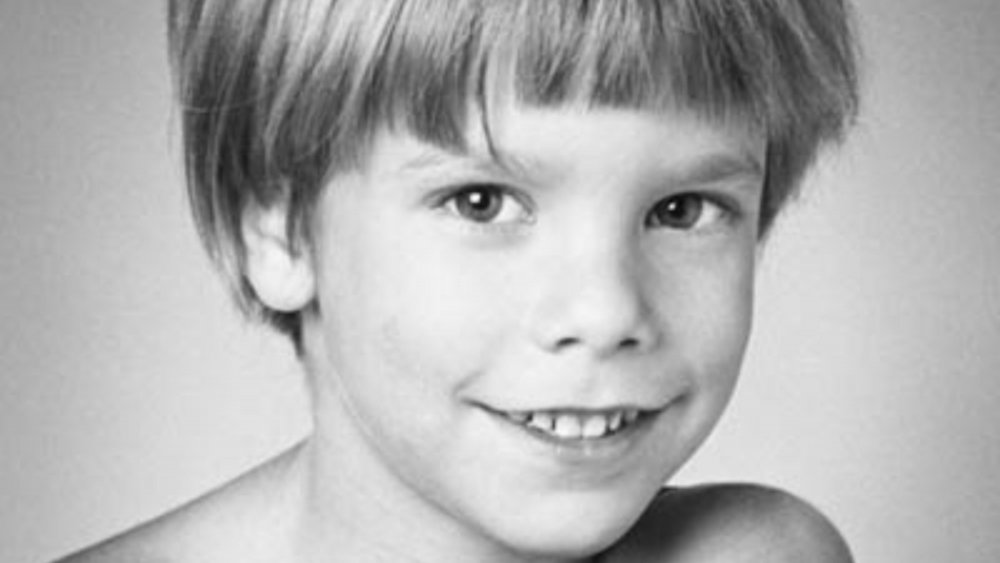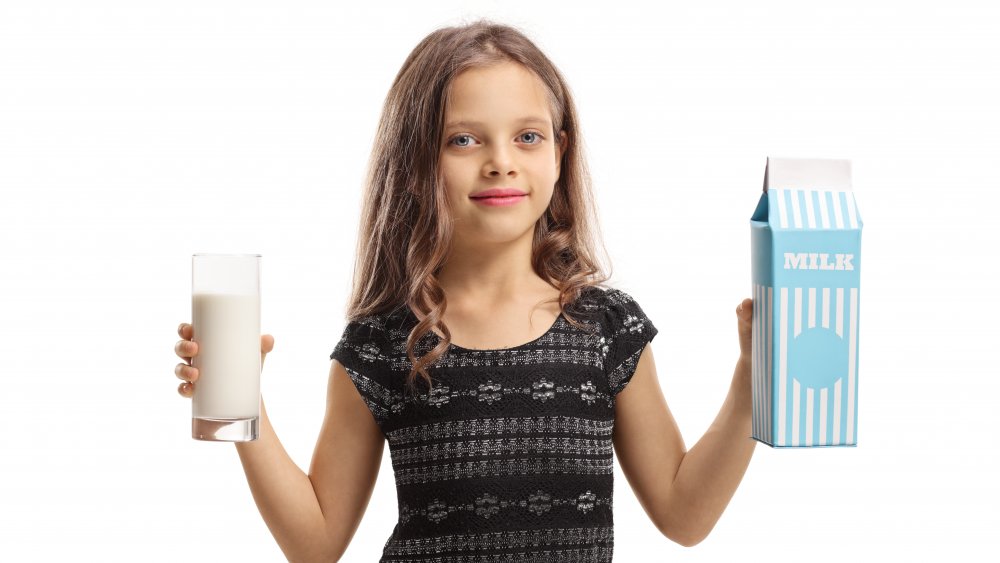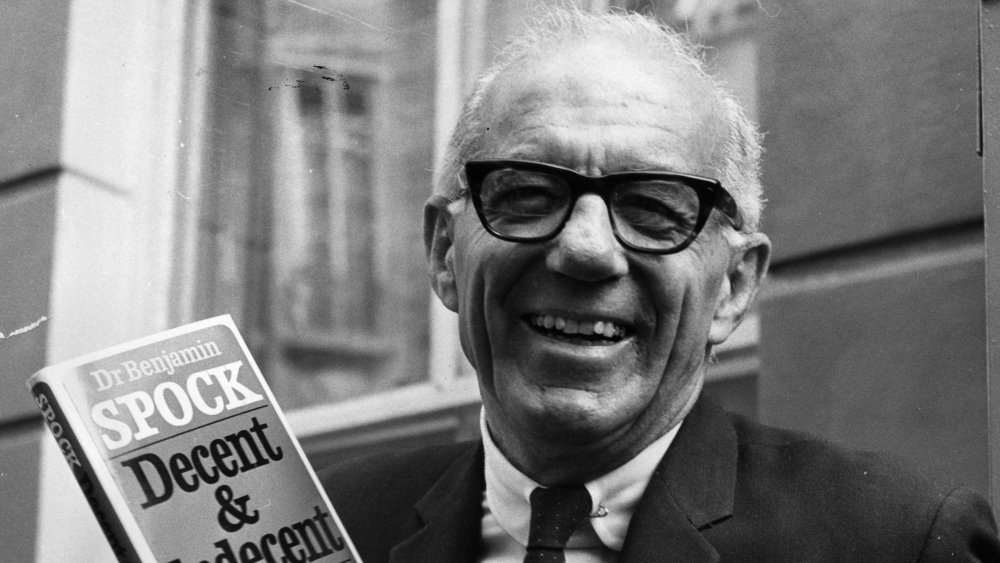The Real Reason They Stopped Putting Missing Kids On Milk Cartons
In 1984, Etan Patz became one of the first children to have his face displayed on a milk carton. The 6-year-old tragically disappeared on the morning of May 25, 1979, while he was on his way to the school bus in Manhattan. His father began widely distributing images of the boy, hoping to locate someone who had seen the child. Patz's widely publicized disappearance made media headlines and grabbed the nation's attention. Concerned parents began pushing for a nationwide system to track missing kids, eventually forming the Missing Children Milk Carton Program in 1984. Prior to the milk carton campaign, there was no national database of missing children, and once they were taken across state lines, it was almost impossible to track them.
While the program began with just a few local dairies in the Midwest printing pictures of missing children on their milk cartons, it was soon adopted nationwide. But missing children didn't just appear on milk cartons in the 1980s.
"Child snatching"
Other tragic, high-profile cases, like the abduction of 13-year-old Johnny Gosch from his paper route in Des Moines, Iowa, in 1982, and the kidnapping of 6-year-old Adam Walsh from a Sears department store the year before, helped raised the stature of the program. Following these cases, the advocacy of groups like the National Child Safety Council, combined with the subsequent media attention, led to increased efforts to combat "child snatching." Pictures of missing children appeared everywhere, from milk cartons to pizza boxes, grocery bags, and envelopes, their faces underneath the troubling question: "Have you seen me?" (via Slate).
By 1985, 700 independent dairies across the United States were displaying the faces of missing children on their milk cartons. The trend began to die down just a few years later, however, and by the late 1980s, most milk cartons were no longer featuring the images of missing children. The overall success of the milk carton program was controversial. While it did help raise public awareness, there is not much evidence that proves it significantly increased the number of missing children who were united with their families. There was at least one verified success story, however: that of Bonnie Lohman.
A success story
Bonnie Lohman was just three years old when her mother and stepfather kidnapped her from the home she shared with her father, according to News.Com.Au. Her father contacted the National Child Safety Council and got Bonnie's face included on the milk carton program, despite the fact that she was not a traditional candidate because she had been abducted by a family member, not a stranger. But it was a good thing he did.
Four years later, Bonnie happened to be in a Colorado grocery store with her stepfather when she recognized her own face on the back of the milk carton. She was not yet old enough to read the words "missing person," and she did not understand the significance of the photo, but her neighbors did. According to 99percentinvisible, Bonnie's stepfather bought the milk carton with her likeness and allowed her to keep it. When Bonnie left the cut-out image, along with some toys, at her next-door neighbor's house, they saw the photo and contacted the authorities. Bonnie was reunited with her father when she was seven years old.
The milk carton campaign was short lived
There were several reasons for the program's rapid decline in popularity. Many pediatricians, including the respected child-rearing expert Dr. Benjamin Spock (above), claimed the images of missing children were emotionally harmful for kids to see every morning, as they increased young people's fear that they would also go missing, according to The Chattanooga Times Free Press. Others criticized the campaign's focus on "stranger danger," despite strangers making up a very small percentage of kidnappers. Still others pointed out that the milk cartons disproportionately featured white children, even though children of color make up a larger percentage of the missing child demographic.
More practical reasons, such as the dairy industry's transition from cardboard milk cartons to plastic, also contributed to the campaign's demise. Ultimately, the milk carton campaigns stopped being effective because people just stopped paying attention to them, according to The Atlantic. With the images of missing children everywhere, people got used to seeing them and no longer looked closely at the faces. And as technology improved over time, quicker and more effective methods were implemented to alert the public about missing children.
In 1996, the invention of the Amber Alert system made the milk carton ads obsolete. While the actual effectiveness of the milk carton campaign continues to be debated, there's no doubt that the program significantly raised public awareness of the problem of child abductions and helped give rise to the modern nationwide system of tracking missing children.



